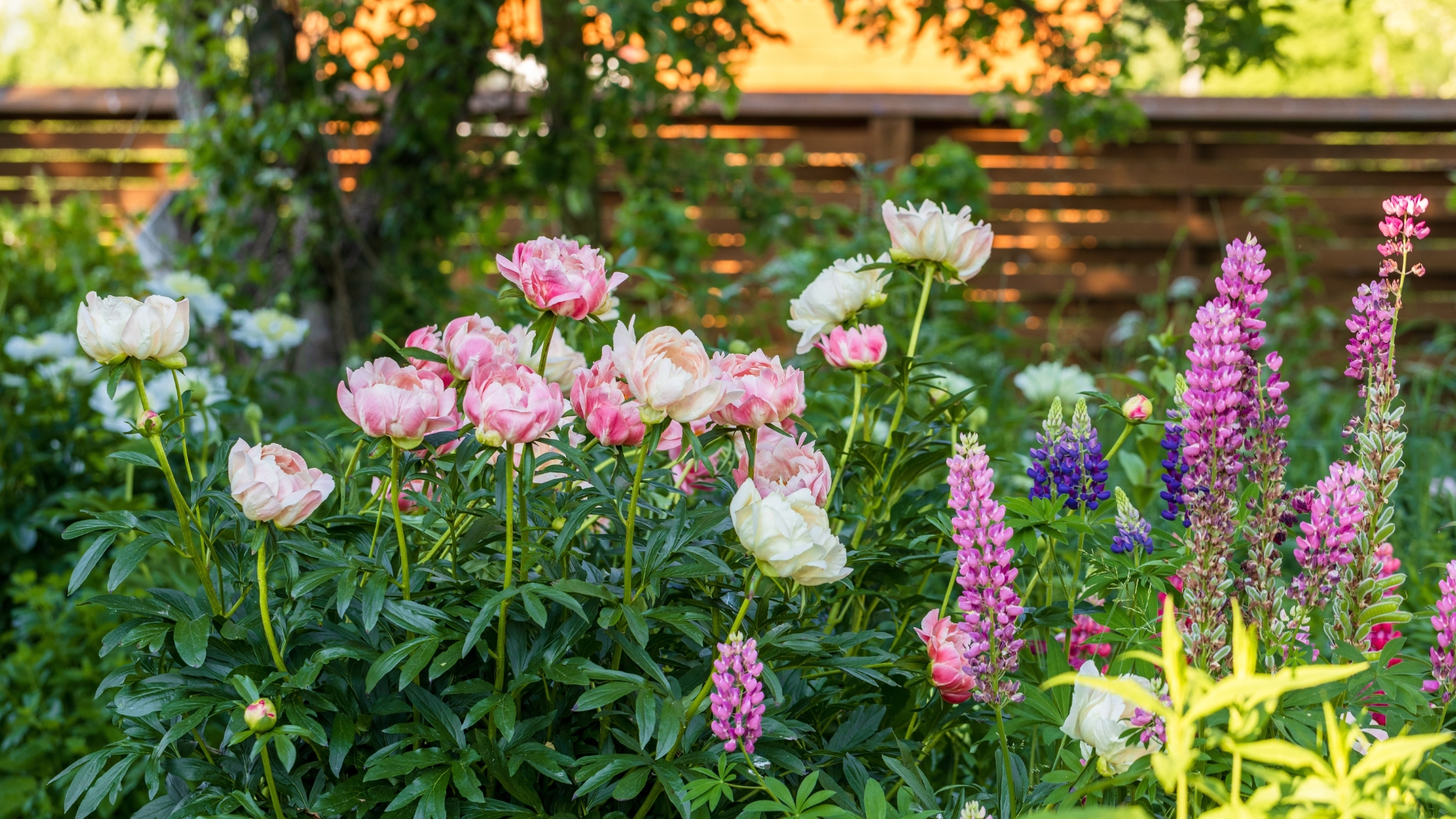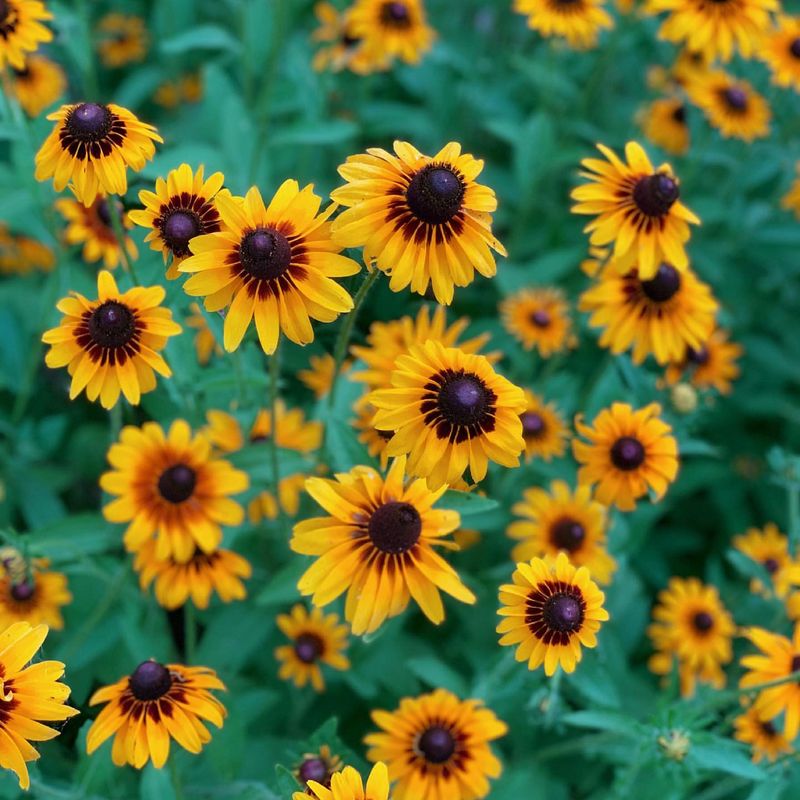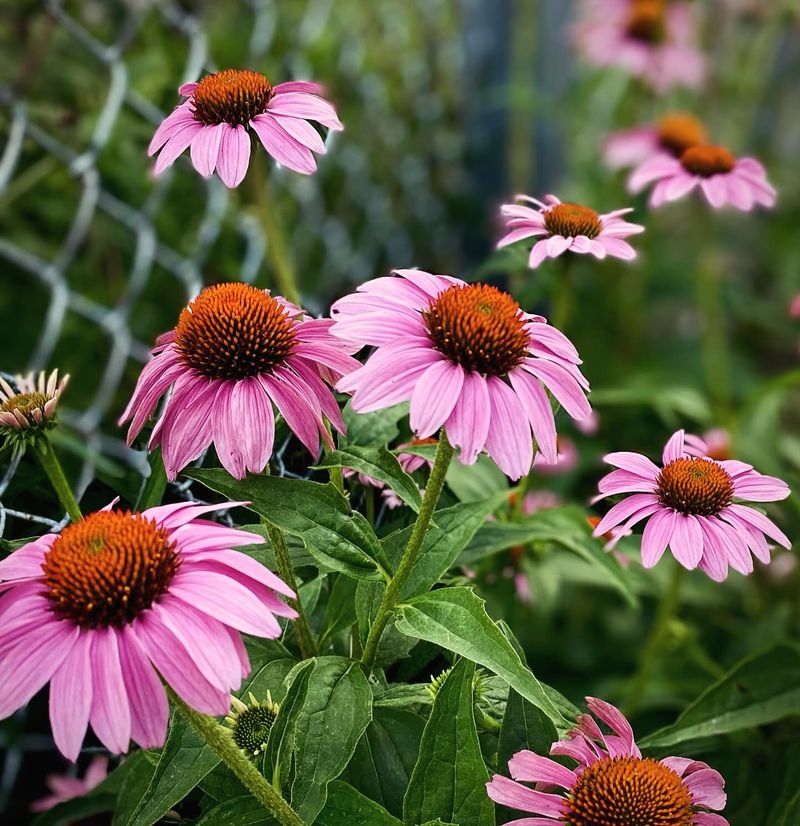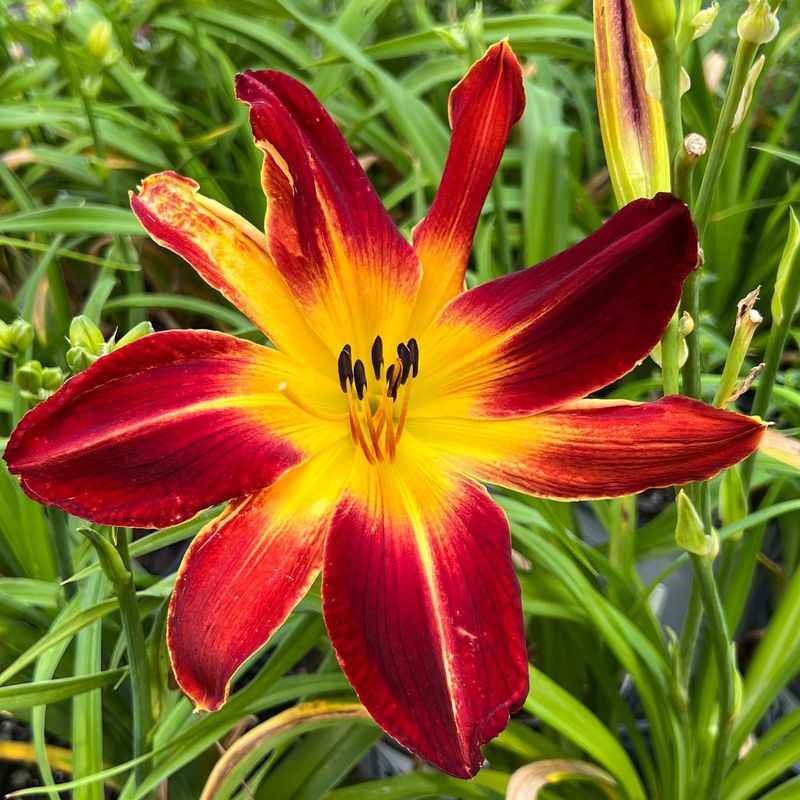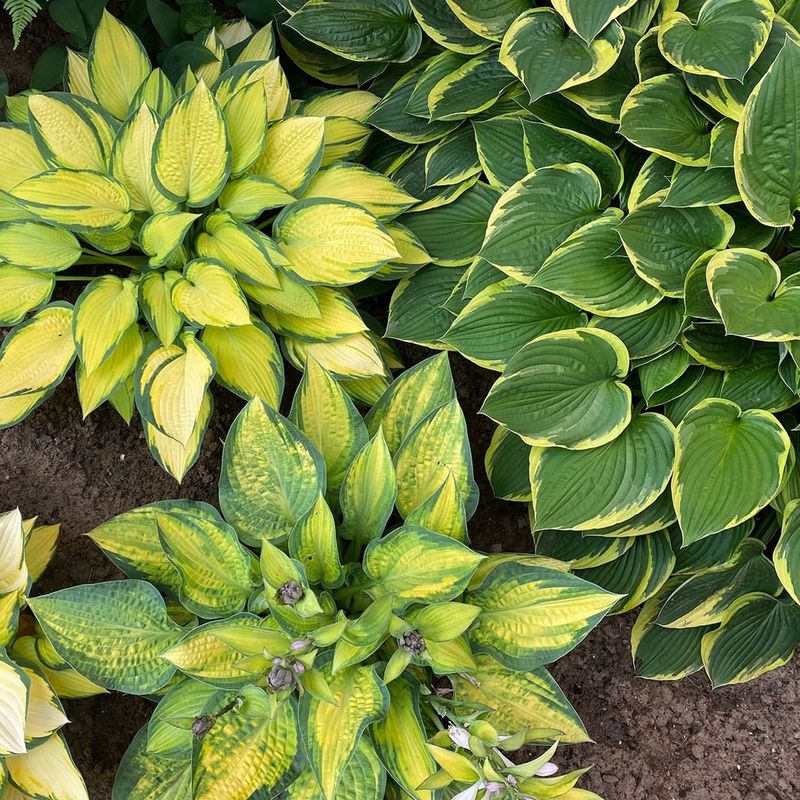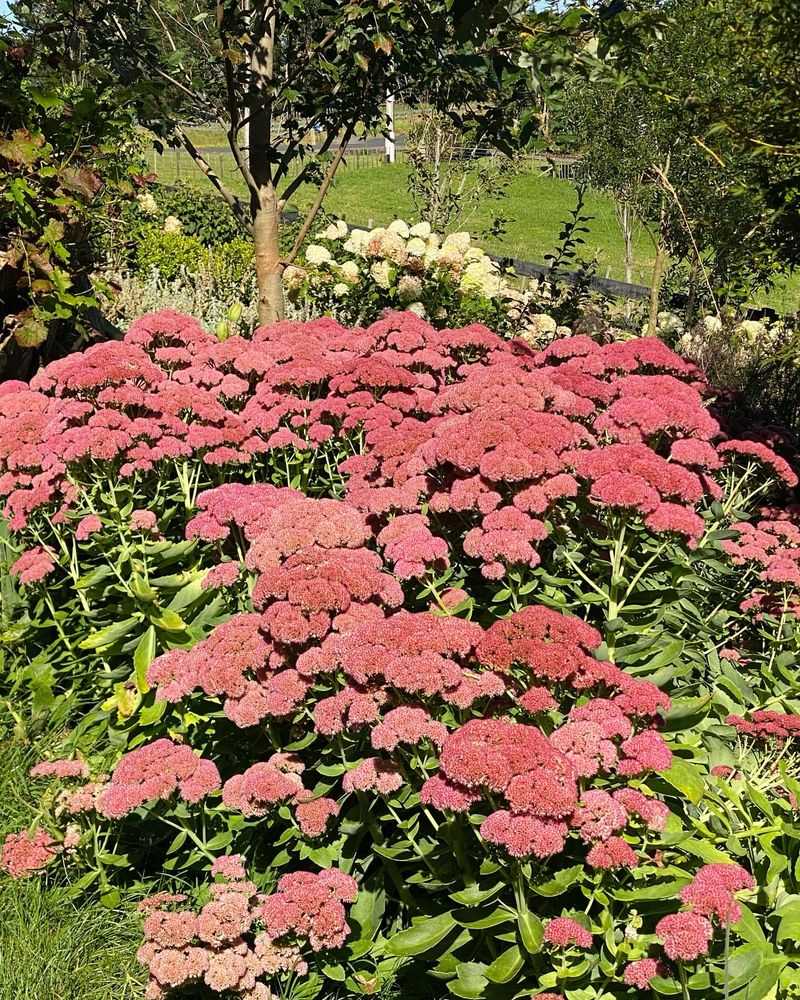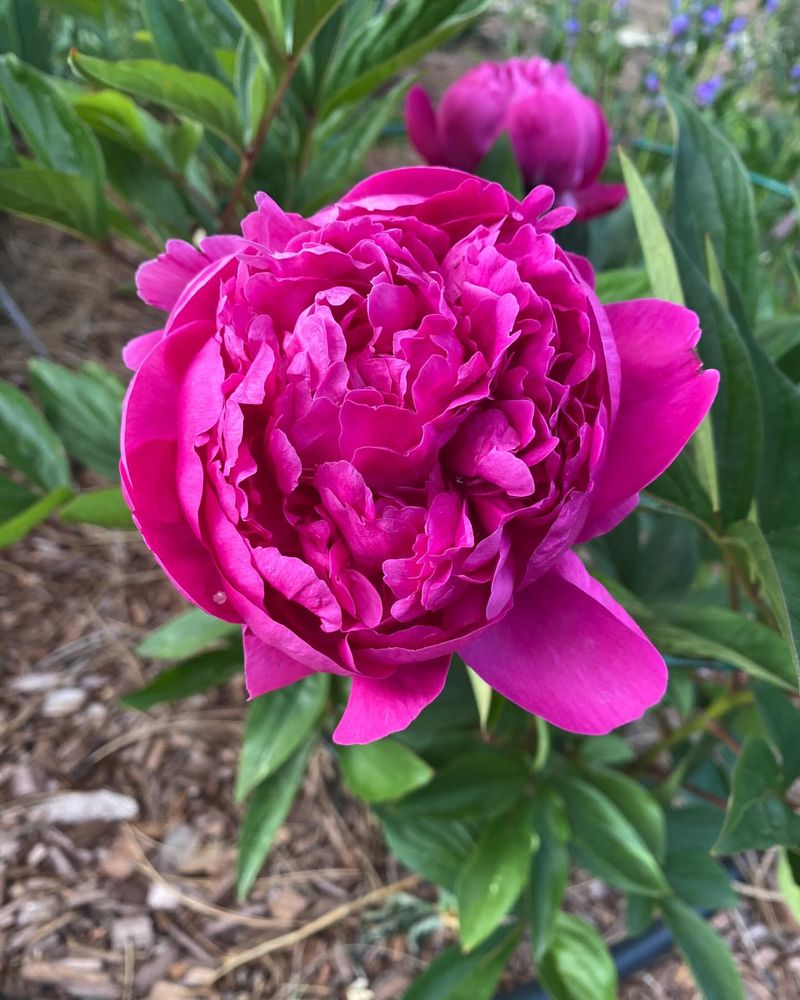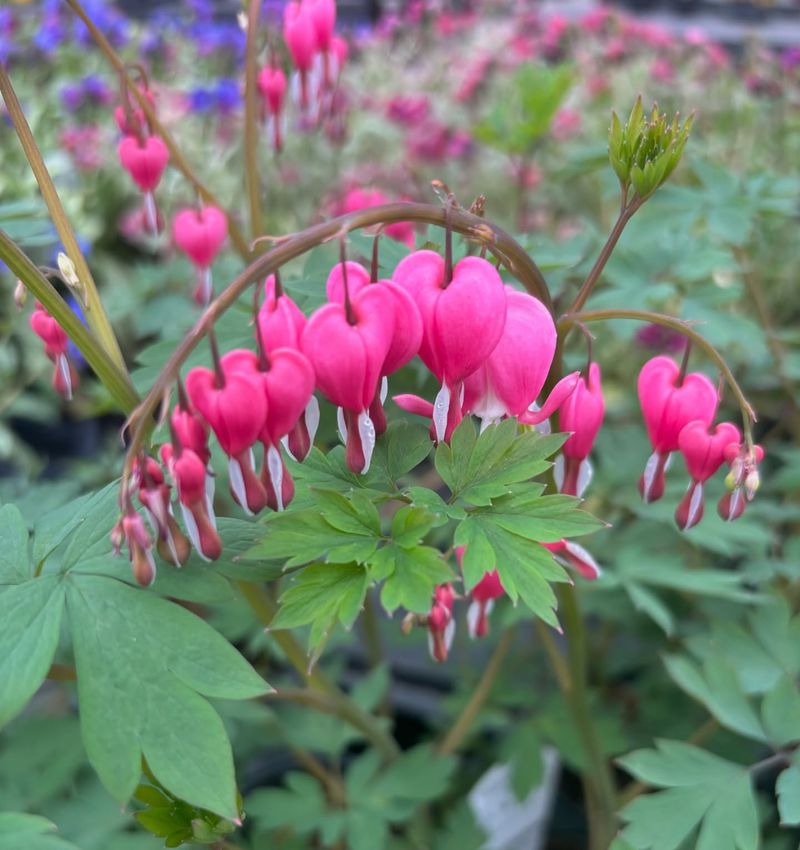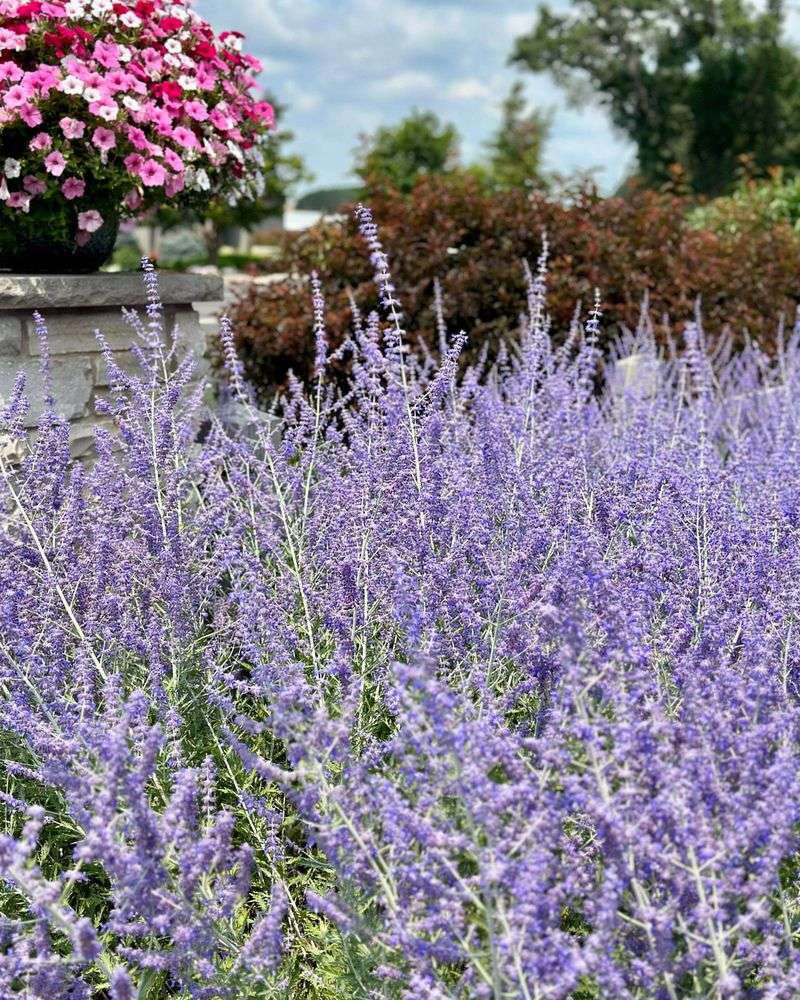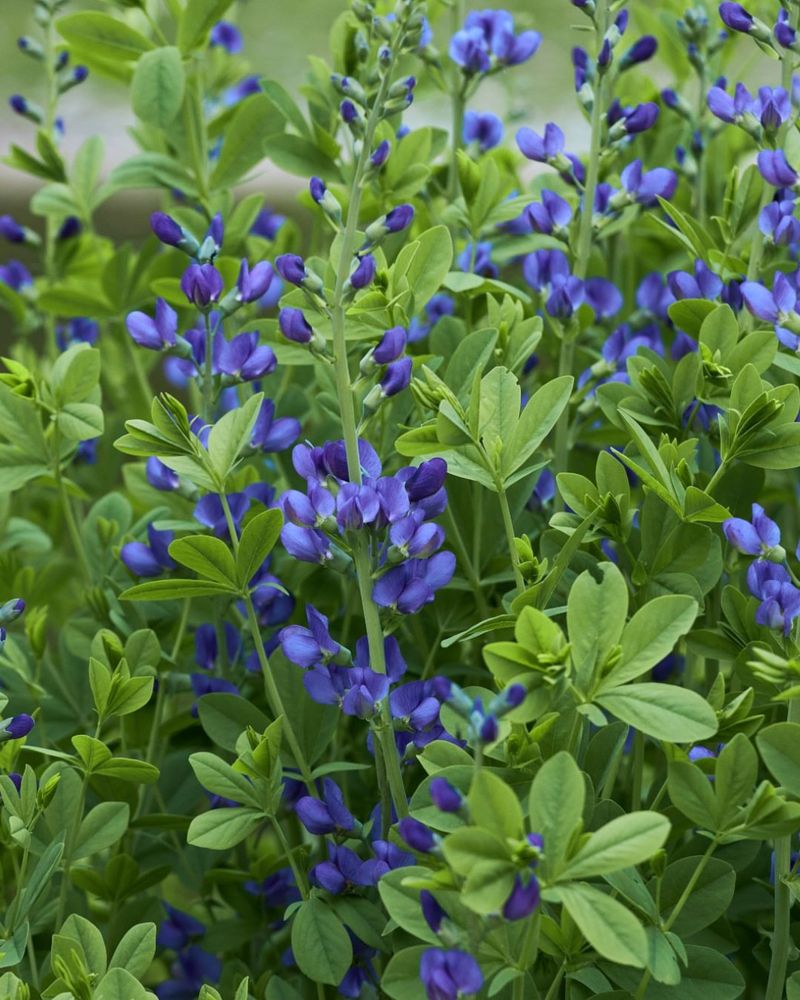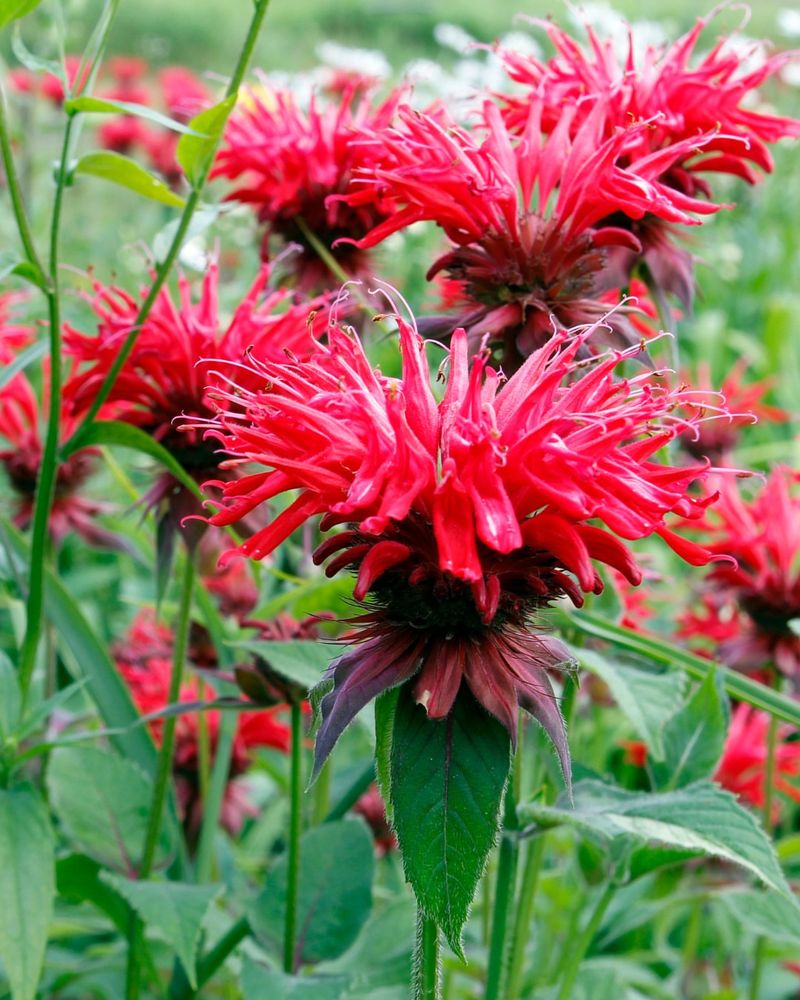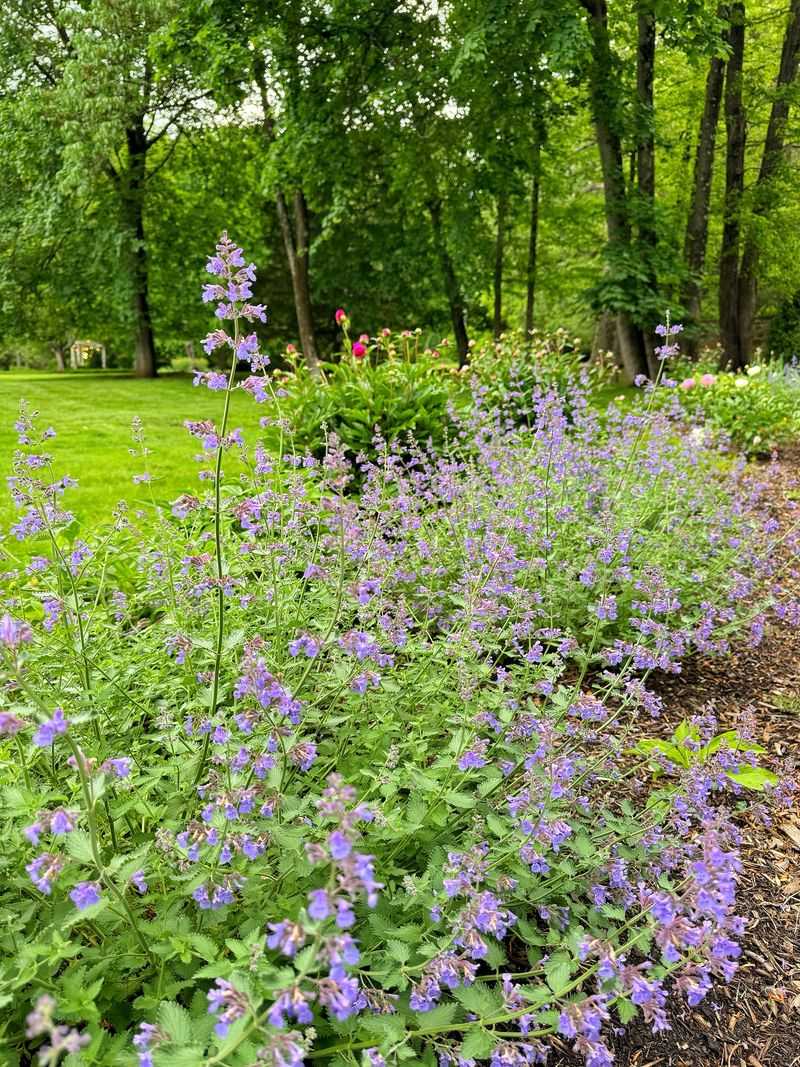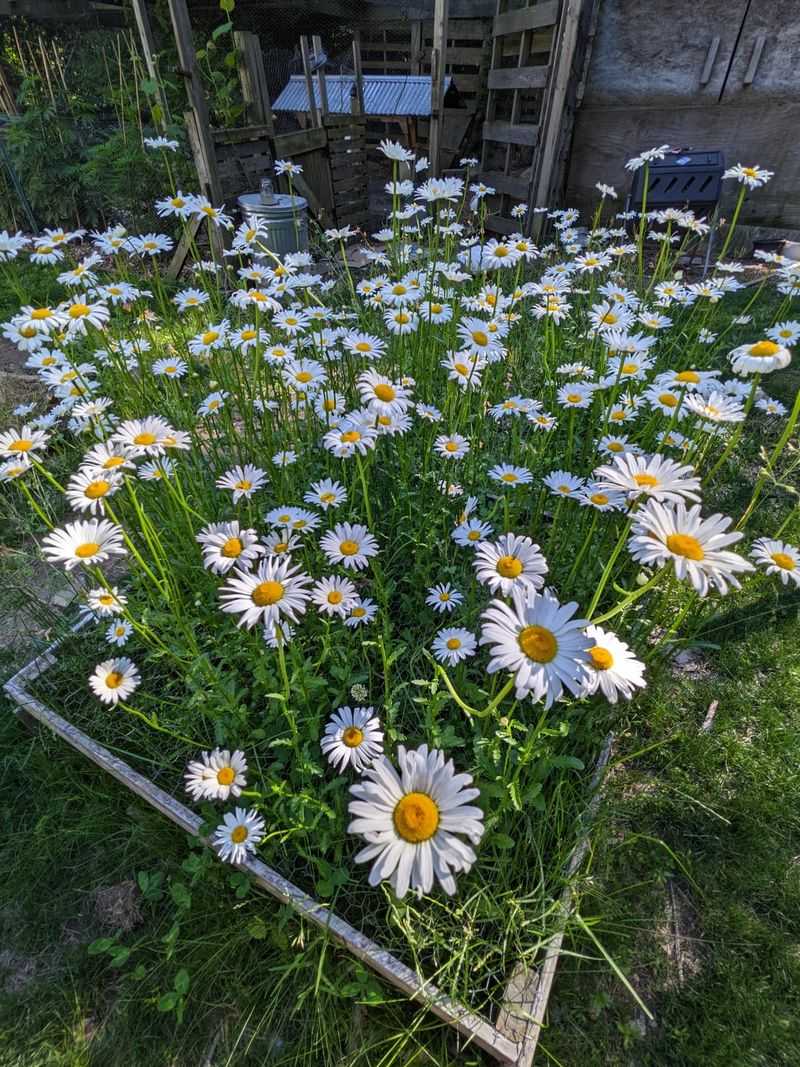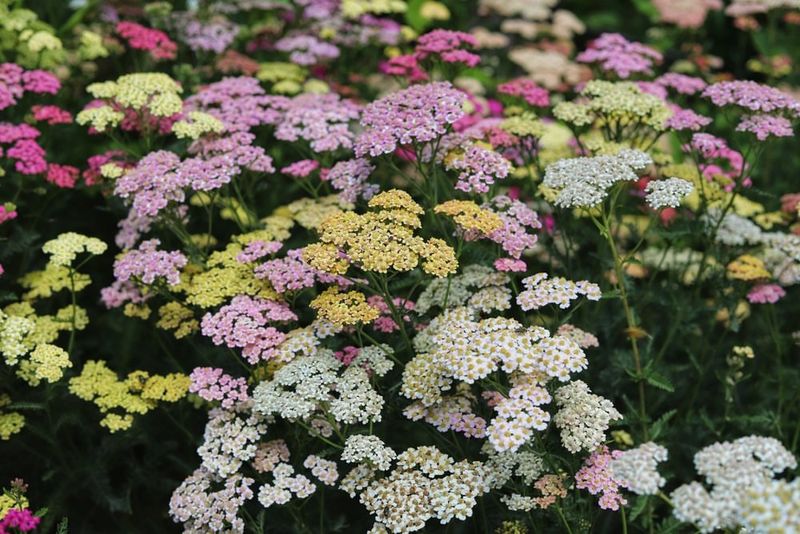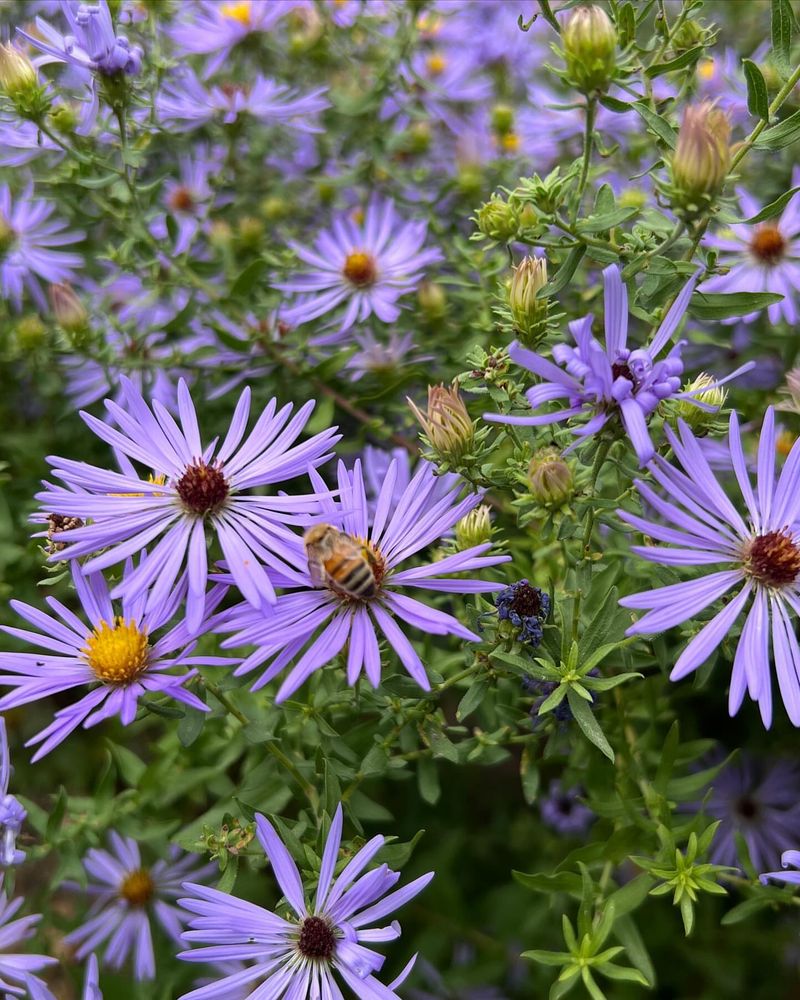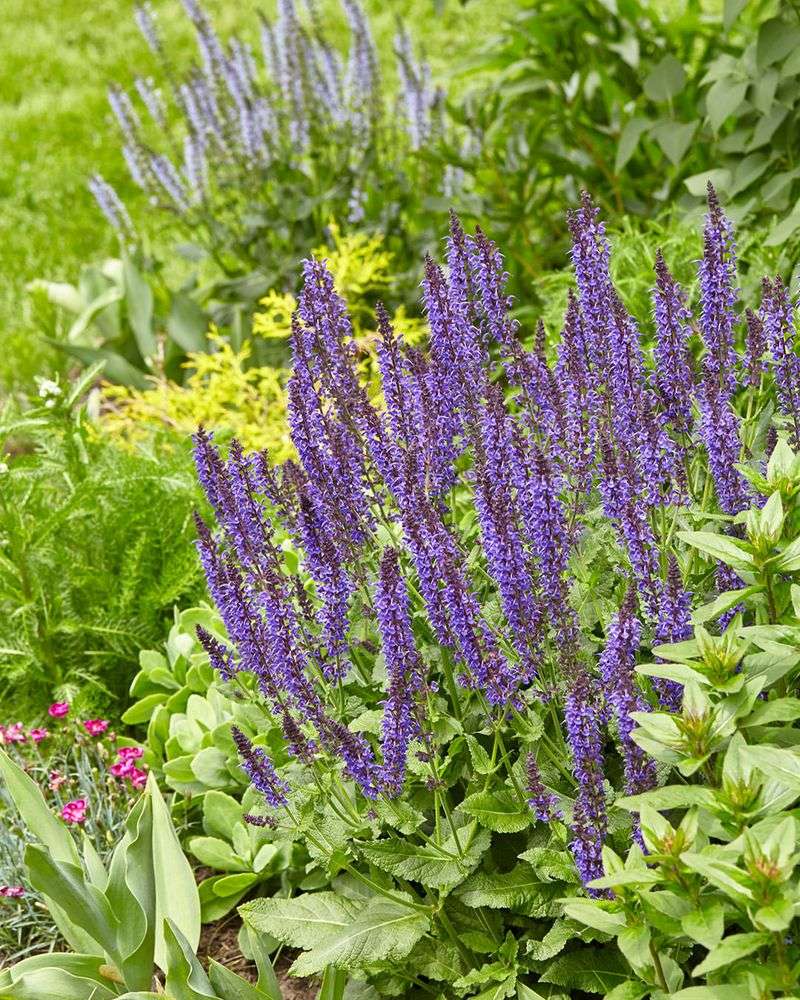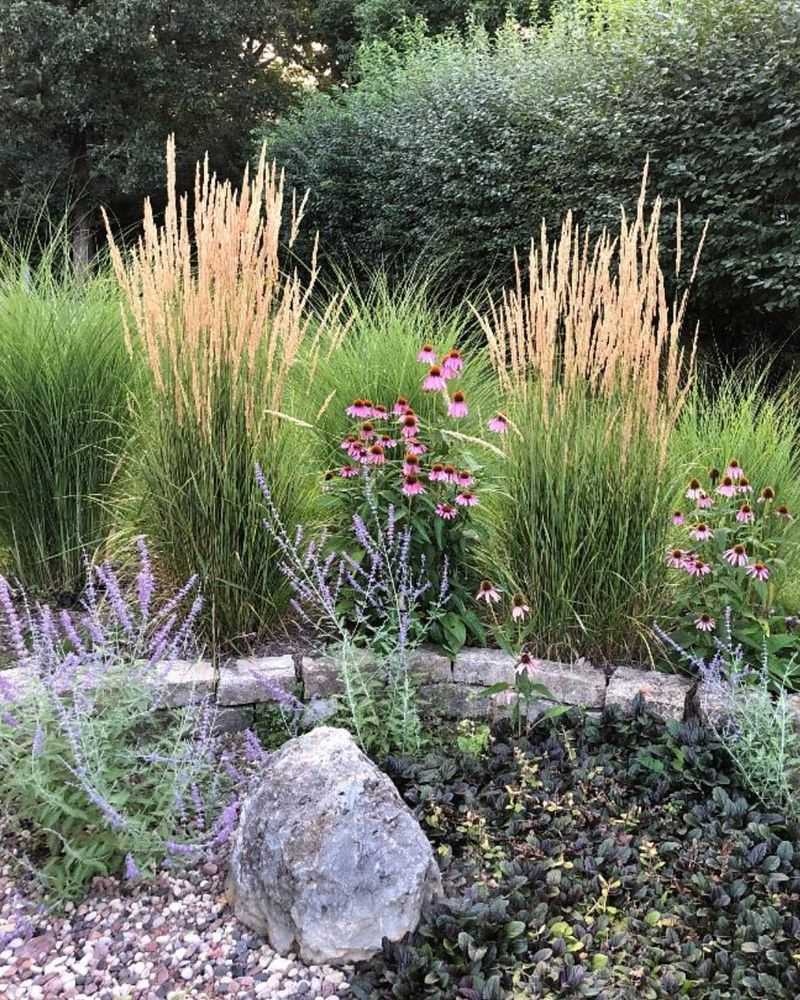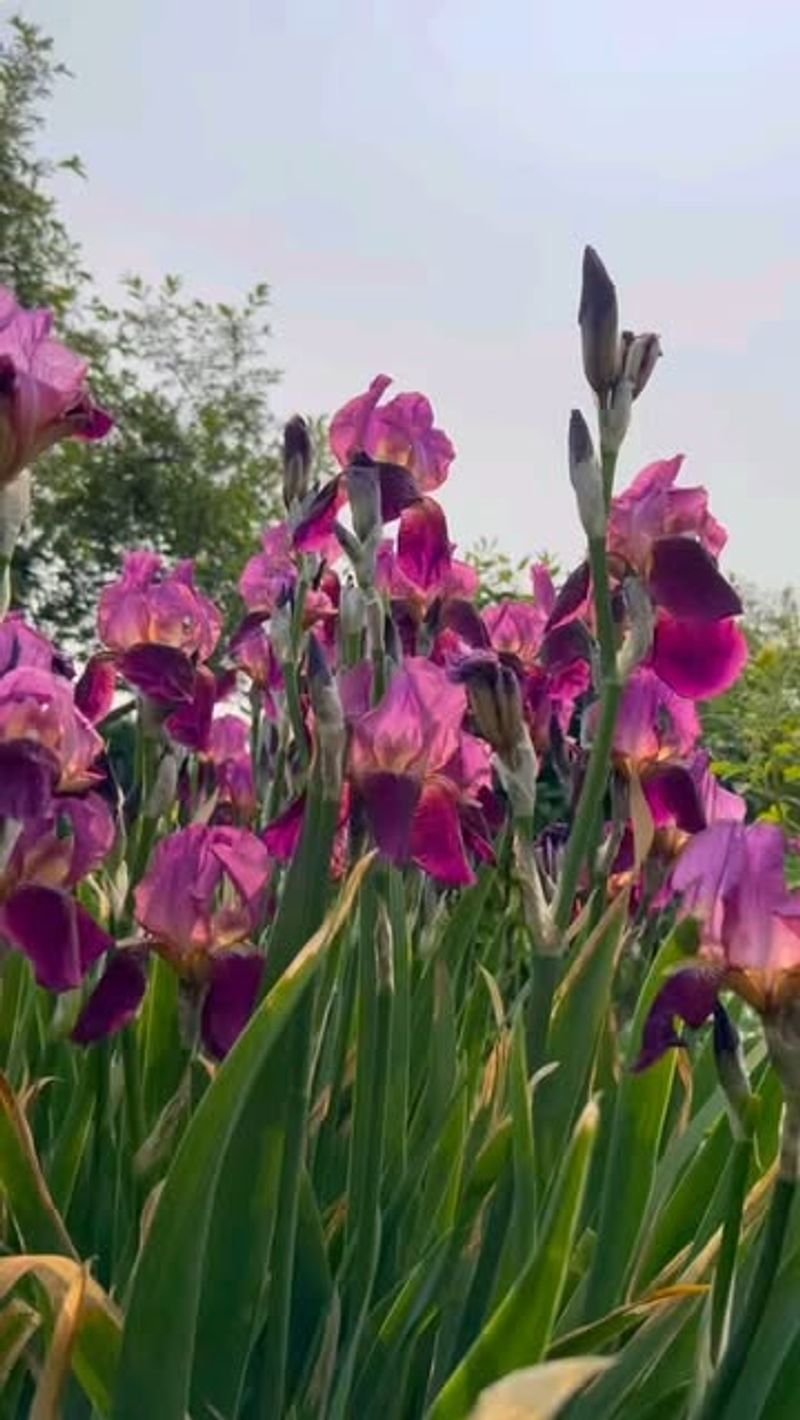There’s something magical about seeing your favorite plants return year after year. In Indiana, I’ve found perennials that handle freezing winters and still show up like nothing happened.
Forget replanting every spring—these garden champs have you covered. Watching them grow back feels like catching up with old friends.
Let’s get into the 19 perennials that are here for the long haul in Indiana!
1. Black-Eyed Susan
Bright golden petals with dark centers bring cheerful energy to Indiana gardens from midsummer through fall. These native wildflowers attract butterflies and beneficial insects to your yard.
Hardy enough to handle Indiana’s varying weather conditions, black-eyed Susans need minimal care once established. Simply cut back dead foliage in late winter and watch them return with vigor year after year.
2. Coneflower
Native to the Midwest, these daisy-like blooms stand tall through Indiana summers. Their distinctive raised centers come in purple, white, yellow, and even red varieties, attracting pollinators all season long.
Many Indiana gardeners appreciate their drought tolerance once established. Leave the seed heads in place through winter to feed local birds and provide visual interest in your snow-covered landscape.
3. Daylily
Practically indestructible in Indiana’s climate, daylilies reward gardeners with trumpet-shaped blooms in nearly every color imaginable. Each flower lasts just one day, but plants produce buds for weeks of continuous color.
Throughout the Hoosier state, you’ll find these adaptable plants thriving in both sun and partial shade. Their arching foliage forms attractive clumps that suppress weeds and prevent soil erosion on slopes.
4. Hosta
Perfect for Indiana’s shady spots, hostas offer incredible variety in leaf color, size, and texture. From tiny miniatures to massive specimens, there’s a hosta for every corner of your Hoosier garden.
Summer brings delicate flower stalks rising above the foliage. While deer love to munch on hostas, many Indiana gardeners protect these versatile shade-lovers with repellents or companion planting with deer-resistant species.
5. Sedum
Succulent leaves store water, making sedums incredibly drought-tolerant for Indiana’s occasional dry spells. Their star-shaped flowers bloom in late summer when many other perennials have finished.
Throughout Indiana gardens, you’ll find low-growing varieties perfect for rock gardens and taller types that provide structure in borders. Winter interest continues as seed heads persist through snow, creating natural sculptures in your garden.
6. Peony
Considered garden royalty across Indiana, peonies produce massive, fragrant blooms in late spring. These long-lived plants can thrive for decades, becoming family heirlooms passed down through generations.
Indiana’s climate provides the winter chill peonies need to bloom successfully. Their lush foliage remains attractive all summer after flowers fade, creating a sturdy backdrop for later-blooming perennials in your Midwest garden.
7. Bleeding Heart
Heart-shaped blooms dangle from arching stems in early spring, bringing romantic charm to shady Indiana gardens. The classic variety features pink and white flowers, while newer cultivars offer pure white or deep red options.
Adapted perfectly to Indiana’s woodland conditions, bleeding hearts go dormant in summer heat. Plant them with late-emerging perennials like hostas to fill the space when bleeding hearts retreat underground until next spring.
8. Russian Sage
Silvery-gray foliage topped with lavender-blue flower spikes creates a dreamy, hazy effect in Indiana landscapes. This drought-tolerant perennial thrives in the hottest, sunniest spots where other plants struggle.
Many Indiana gardeners value its deer resistance and low maintenance needs. Simply cut back the woody stems in early spring and watch this hardy perennial return with vigor, attracting bees and butterflies all summer long.
9. Coral Bells
Primarily grown for their colorful foliage, coral bells bring year-round interest to Indiana gardens. Leaves range from purple to chartreuse, silver, orange, and nearly black, often with striking veining patterns.
Delicate flower stalks rise above the foliage in summer, attracting hummingbirds throughout Indiana. These versatile plants perform well in both sun and shade, though they appreciate afternoon protection during the hottest Hoosier summer days.
10. Baptisia
False indigo develops into a shrub-like mound of blue-green foliage topped with spires of pea-like flowers. Native to the Midwest, it’s perfectly adapted to Indiana’s climate and soil conditions.
After flowering, interesting seed pods develop that rattle in the breeze. The deep tap root makes baptisia drought-resistant once established, but also means Indiana gardeners should choose its permanent location carefully as it resents transplanting.
11. Bee Balm
Crown-like flowers in shades of red, pink, or purple attract hummingbirds, butterflies, and bees to Indiana gardens. This native plant, also called monarda, thrives in the Hoosier state’s varying conditions.
Fragrant foliage gives off a minty scent when brushed against. While powdery mildew can be an issue in Indiana’s humid summers, newer varieties offer improved resistance while still providing the same wildlife benefits.
12. Astilbe
Feathery plumes in shades of pink, red, lavender, and white brighten shady Indiana garden spots. These elegant flowers rise above fern-like foliage, creating vertical interest where many shade plants remain low.
Throughout Indiana’s woodland gardens, astilbes provide reliable summer color. They appreciate consistent moisture, making them perfect partners for naturally damp areas or rain gardens in your Hoosier landscape.
13. Catmint
Clouds of lavender-blue flowers hover above aromatic gray-green foliage from late spring through summer. Hardy throughout Indiana, catmint bounces back quickly from harsh winters and tolerates poor soil conditions.
Many Hoosier gardeners appreciate its drought tolerance once established. A quick shearing after the first bloom often triggers a second flush of flowers, extending the show in your Indiana perennial border.
14. Shasta Daisy
Classic white flowers with sunny yellow centers bring cheerful simplicity to Indiana gardens. Their long, strong stems make them excellent cut flowers for bringing a bit of your garden indoors.
Throughout Indiana’s growing season, these reliable bloomers attract beneficial insects. Deadheading spent flowers encourages additional blooms, extending their display well into the Hoosier summer and sometimes into early fall.
15. Yarrow
Flat-topped flower clusters in white, yellow, pink, or red stand atop ferny, aromatic foliage. Native varieties have adapted perfectly to Indiana’s climate, thriving in poor soil where other plants struggle.
Many Indiana gardeners value yarrow for both fresh and dried arrangements. Its drought tolerance makes it perfect for hot, sunny spots in your Hoosier garden, while its deep roots help prevent erosion on slopes.
16. Aster
Daisy-like flowers in purple, pink, blue, or white create a spectacular fall finale in Indiana gardens. Native varieties support local pollinators precisely when they need late-season nectar sources.
Throughout the Hoosier state, asters partner beautifully with ornamental grasses. Their compact growth habit makes them perfect for front-of-border positions where their autumn display can be fully appreciated.
17. Salvia
Spikes of violet-blue flowers rise above aromatic foliage, attracting bees and butterflies throughout Indiana gardens. This drought-tolerant perennial thrives in the sunniest spots, blooming for weeks in late spring.
Many Hoosier gardeners appreciate its deer resistance and low maintenance needs. A quick trim after the first flowering often encourages a second, smaller bloom cycle later in Indiana’s growing season.
18. Ornamental Grasses
Graceful plumes and interesting seed heads provide year-round structure in Indiana landscapes. From short prairie dropseed to towering miscanthus, there’s a grass for every garden situation.
Many native varieties have evolved specifically for Indiana’s climate conditions. Their winter presence adds movement and sound to Hoosier gardens as they rustle in winter winds, while providing valuable shelter for beneficial insects and birds.
19. Iris
Elegant blooms in nearly every color of the rainbow grace Indiana gardens in late spring. Bearded varieties offer ruffled petals and distinctive “beards,” while Siberian types feature more delicate flowers.
Throughout the Hoosier state, irises multiply readily, allowing gardeners to divide and share plants. Their sword-like foliage provides structural interest even when not in bloom, creating strong vertical elements in your Indiana garden design.

